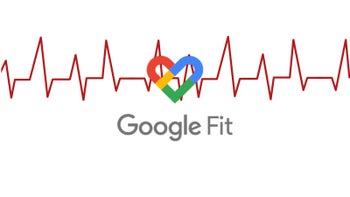We may earn a commission if you make a purchase from the links on this page.

The health tracking feature uses the phone’s video camera together with sophisticated algorithms in the new software to determine the user’s respiratory rate. And in order to measure one’s heart rate, Google has gone the traditional way, by shining the bright LED flash onto the finger and using the camera to detect any variations in the color of the skin. There are no special hardware features integrated into the Pixel 6 for either function.
Google has warned in the past, however, that Google Fit heart and respiratory tracking is for users’ informative purposes only, and should not replace medical examination by any means. It is certainly not as accurate as medical equipment, and when tested in a dark setting, the measurement was off by a whole thirty beats per minute, as was shown in testing performed by 9to5Google.
When used in a properly lit setting (as recommended by Google), the “early access” Google Fit tracking features did work accurately, with the heart rate reading matching that taken by a Fitbit tracker.
Google has also stated that both the heart rate and respiratory rate trackers are still being tweaked, and that there’s still a possibility they may be removed altogether.
A hunch made by 9to5Google is that on the Pixel 6, the camera lens may simply be located too far from the flash in order to work effectively—a small detail Google may have overlooked while focusing on the aesthetic of the camera module, but which may end up costing users this often underrated feature.
